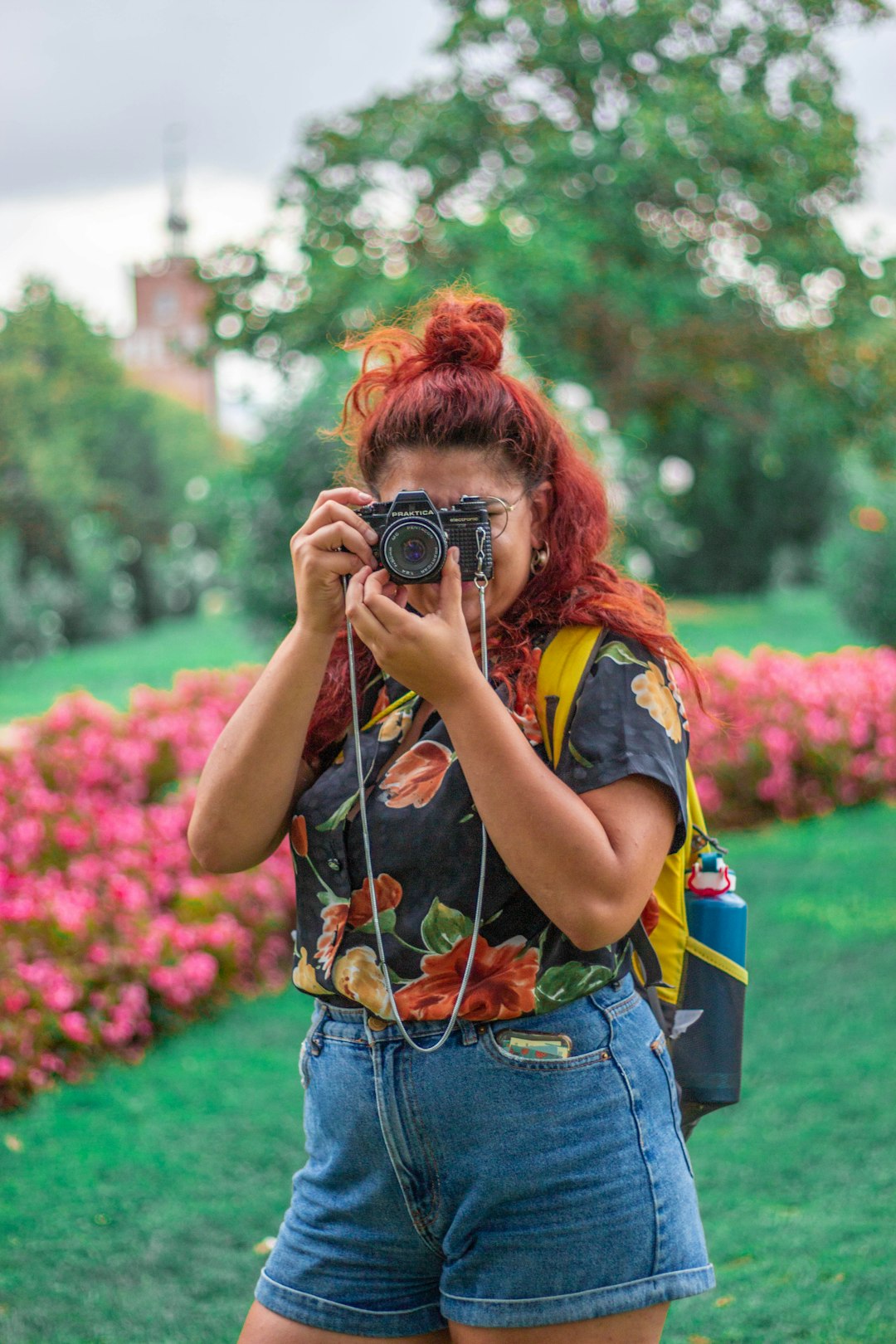Watercolor painting is a beautiful and versatile medium that can be used by artists of all skill levels to create stunning works of art. Whether you are new to painting or an experienced artist looking to try out a new medium, watercolor painting is a great way to unleash your creativity and experiment with different techniques and styles.
In this beginner’s guide, we will cover everything you need to know to get started with watercolor painting. From the basic supplies you will need to tips and techniques for creating beautiful watercolor paintings, this guide will help you get started on your watercolor painting journey.
Supplies
The first step to getting started with watercolor painting is to gather all the necessary supplies. Here is a list of the basic supplies you will need to start painting with watercolors:
Watercolor paints – Watercolor paints come in a variety of forms, including tubes, pans, and liquid watercolors. It is recommended for beginners to start with a set of watercolor pans, as they are easier to work with and less messy than tubes.
Watercolor paper – Watercolor paper is specially designed to absorb water and hold the pigment of the paint. It comes in different weights and textures, so be sure to choose the right type of paper for the effect you want to achieve.
Paintbrushes – A set of good quality watercolor brushes is essential for creating beautiful watercolor paintings. Look for brushes with soft bristles that hold water well and have a variety of shapes and sizes for different techniques.
Water containers – You will need at least two water containers, one for cleaning your brushes and one for mixing colors. Make sure to change the water frequently to keep your colors clean and vibrant.
Palette – A palette is necessary for mixing your watercolor paints. You can use a traditional palette, a plastic mixing tray, or simply a white plate.
Masking tape or masking fluid – Masking tape or masking fluid can be used to create sharp edges and protect areas of your painting from being painted over.
Basic Techniques
Now that you have gathered all your supplies, it’s time to start painting! Here are some basic techniques to help you get started with watercolor painting:
Wet-on-wet – Wet-on-wet is a technique where you apply wet paint to a wet surface. This technique creates soft, blended colors and is great for creating backgrounds and washes.
Wet-on-dry – Wet-on-dry is a technique where you apply wet paint to a dry surface. This technique creates crisp edges and sharp details.
Dry brushing – Dry brushing is a technique where you apply dry paint to a dry surface. This technique creates texture and can be used to add depth and dimension to your painting.
Layering – Layering is a technique where you apply multiple layers of paint to create depth and dimension in your painting. Be sure to let each layer dry completely before adding the next layer.
Mixing colors – Experiment with mixing different colors to create unique shades and tones. Start with a limited palette of primary colors (red, blue, yellow) and mix them together to create secondary colors (orange, green, purple).
Blending – Use a clean, damp brush to blend colors together and create smooth transitions between different colors.
Tips for Beginners
Here are some tips to help you get started with watercolor painting and improve your skills:
Start small – Start with small, simple paintings to build your confidence and develop your skills. As you become more comfortable with watercolor painting, you can gradually work on larger and more complex projects.
Practice regularly – Like any skill, watercolor painting takes practice. Set aside time each day to practice different techniques and experiment with new ideas.
Study the masters – Study the work of famous watercolor artists to learn from their techniques and styles. Try to replicate their paintings to improve your own skills.
Don’t be afraid to make mistakes – Mistakes are a natural part of the learning process. Embrace your mistakes and use them as an opportunity to learn and grow as an artist.
Experiment with different techniques – Don’t be afraid to experiment with different techniques and styles to find what works best for you. Watercolor painting is a versatile medium that allows for endless experimentation and creativity.
Take a class – Consider taking a watercolor painting class or workshop to learn from experienced artists and improve your skills. You can also find tutorials and demonstrations online to help you learn new techniques.
Have fun – Most importantly, have fun with your watercolor painting! Let your creativity flow and enjoy the process of creating beautiful works of art.
Conclusion
Watercolor painting is a beautiful and rewarding medium that offers endless possibilities for artists of all skill levels. Whether you are new to painting or an experienced artist looking to try out a new medium, watercolor painting is a great way to unleash your creativity and experiment with different techniques and styles.
By following this beginner’s guide and practicing regularly, you can develop your skills and create stunning watercolor paintings that showcase your unique style and vision. So grab your supplies, start painting, and let your creativity soar!


